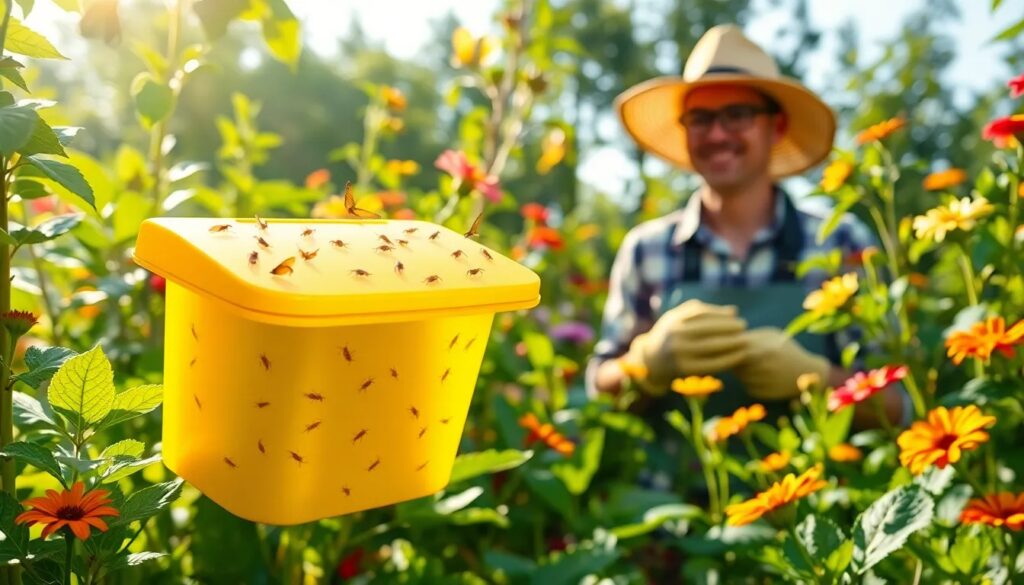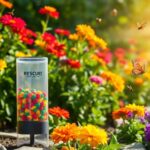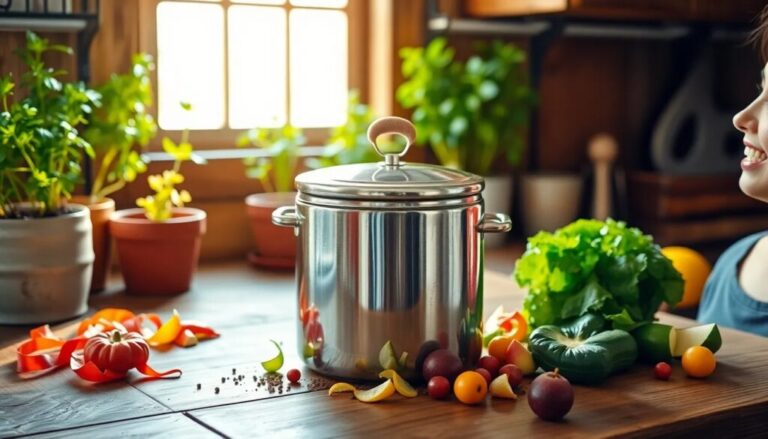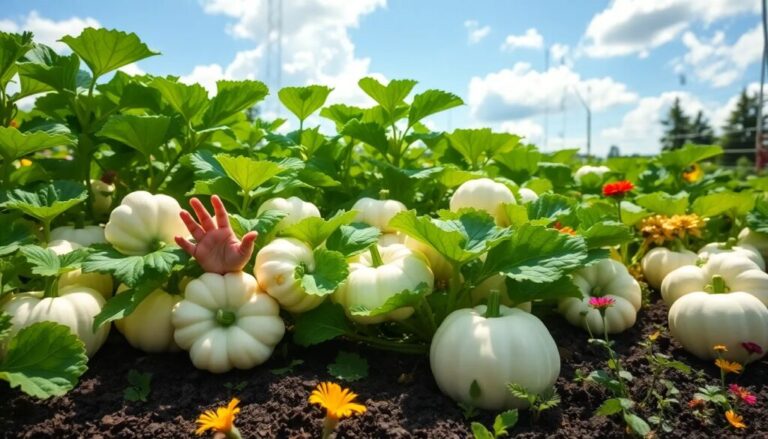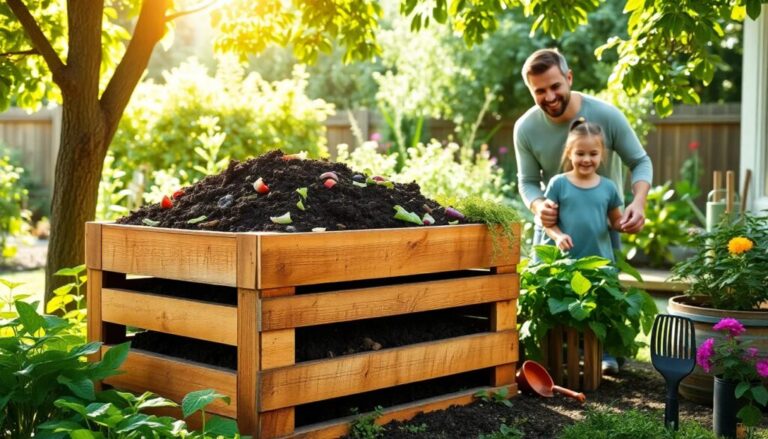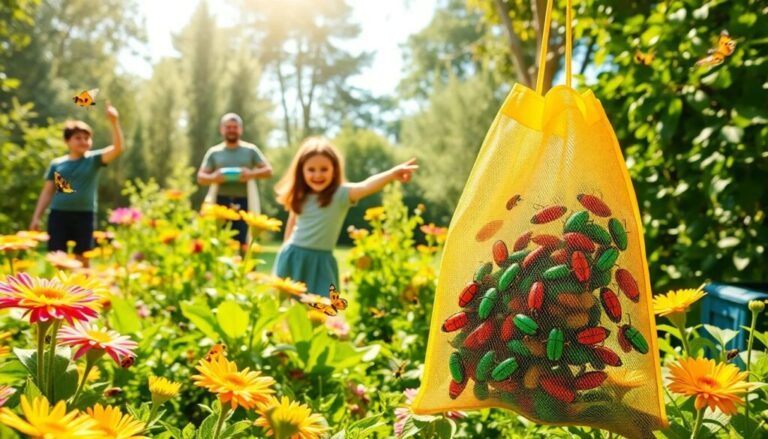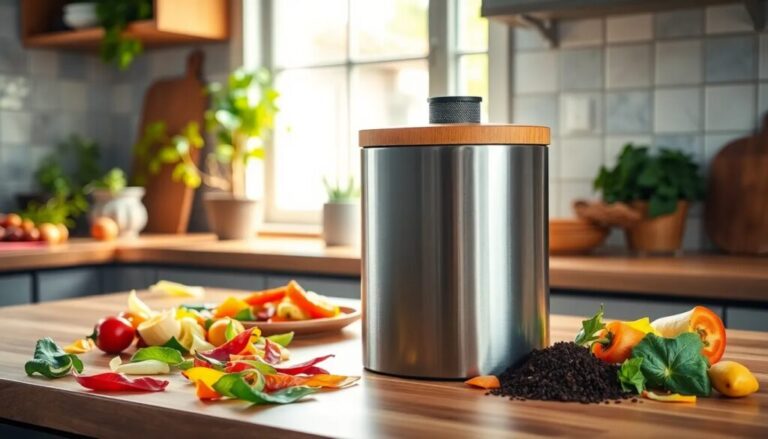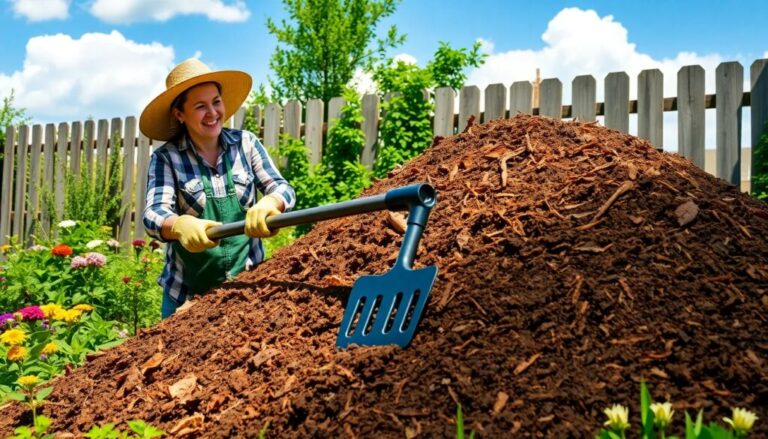Aphid and whitefly trap guide
Aphids and whiteflies are common pests that can wreak havoc on gardens and indoor plants. Managing these pests effectively is crucial for maintaining healthy plants. One of the best solutions available is the use of traps specifically designed to capture these insects.
These traps are not only effective but also easy to use, making them ideal for both novice and experienced gardeners. In this article, we will explore the different types of traps available, how they work, and the best practices for using them effectively.
Best aphid and whitefly traps: what should you consider?
When selecting an aphid and whitefly trap, there are several key factors to take into account:
- Type of trap: Yellow sticky traps are widely regarded as the most effective.
- Size: Choose traps that fit the area you need to cover.
- Durability: Look for traps that can withstand outdoor conditions if used outside.
- Ease of use: Some traps come ready to use, while others may require assembly.
- Non-toxic options: Ensure that the traps are safe for beneficial insects and the environment.
Many gardeners prefer yellow sticky traps because they attract a wide range of pests, including aphids and whiteflies. These traps are effective in both indoor and outdoor settings, making them versatile tools in pest management.
Moreover, consider the pack size. Many traps come in packs of five or more, giving you the flexibility to place them in multiple locations. This can enhance the overall effectiveness of your pest control efforts.
How do aphid and whitefly traps work?
The mechanism behind an aphid and whitefly trap is quite simple yet effective. These traps typically feature a bright yellow color that attracts the pests, combined with a sticky surface that ensnares them upon contact.
When aphids or whiteflies land on the trap, they become stuck and unable to escape. This not only reduces their population but also helps monitor pest levels. Regularly checking the traps can provide insights into the effectiveness of your pest control measures.
Another interesting point is that these traps can also capture other pests such as thrips, making them a comprehensive solution for your garden.
For optimal results, it is crucial to place the traps in locations where these pests are most active, such as near infested plants or entry points in greenhouses.
Where to place your aphid and whitefly trap for maximum effectiveness?
Placement of your aphid and whitefly trap is critical for achieving the best results. Here are several tips for effective placement:
- Near infested plants: Position traps close to the plants most affected by aphids or whiteflies.
- Entry points: Place traps near doors and windows to catch pests before they enter.
- Height: Elevate traps to the height of the plants to maximize pest capture.
- Spacing: Use multiple traps spaced evenly throughout your garden or greenhouse.
By implementing these strategies, you can ensure that your traps are positioned to intercept pests effectively, maximizing your pest control efforts.
Can you use aphid and whitefly traps indoors?
Yes, aphid and whitefly traps are suitable for indoor use and can be extremely effective. Indoor gardening has become increasingly popular, and with it comes the challenge of managing pests effectively.
Using these traps indoors can help maintain a healthy environment for your plants. They are particularly useful in preventing infestations from spreading in contained spaces like greenhouses or home gardens.
However, when using traps indoors, consider the following:
- Location: Ensure traps are placed near plants that exhibit signs of pest infestations.
- Ventilation: Maintain good air circulation to avoid stagnant air which may reduce trap effectiveness.
- Monitoring: Regularly check traps and replace them as needed to maintain effectiveness.
Overall, using aphid and whitefly traps indoors is an excellent strategy for managing indoor pest issues.
What are the benefits of using yellow sticky traps?
Yellow sticky traps offer numerous benefits for pest control, particularly for aphid and whitefly management. Here are some of the most significant advantages:
- Non-toxic: They provide a safe pest control option that doesn’t harm beneficial insects.
- Easy to use: Simply peel and place – no complicated setup required.
- Visual monitoring: They allow you to visually monitor pest populations quickly.
- Cost-effective: Typically sold in bulk, these traps provide excellent value for pest control.
- Versatile: Suitable for both indoor and outdoor use, accommodating various gardening scenarios.
The effectiveness of yellow sticky traps has been supported by various studies, showing that they significantly reduce pest populations when used correctly.
How often should you replace your aphid and whitefly traps?
The effectiveness of your aphid and whitefly trap depends on regular maintenance. Here are some guidelines for when to replace your traps:
It’s generally recommended to check your traps weekly. If the sticky surface is full or the traps show signs of wear, it’s time to replace them.
- High capture rates: If you notice a significant number of pests captured, replace the traps more frequently.
- Environmental conditions: Rain or dust can reduce trap effectiveness, requiring more frequent replacements.
- Duration: Most traps are effective for 2-4 weeks, after which they should be replaced for optimal performance.
By staying proactive with your trap maintenance, you can ensure that your pest control efforts remain effective throughout the season.
Frequently Asked Questions (FAQ)
What are aphid and whitefly traps?
Aphid and whitefly traps are tools used for managing pest populations in gardens and greenhouses, primarily designed to capture these specific insects using a sticky surface.
How to make DIY aphid and whitefly traps?
You can create DIY traps using yellow paper coated with a sticky substance like petroleum jelly. Simply cut the paper into desired shapes and apply the sticky coating to attract pests.
Are yellow sticky traps effective for pest control?
Yes, yellow sticky traps are highly effective in capturing aphids, whiteflies, and other pests, making them a popular choice among gardeners.
How often should you check your traps?
It is advisable to check your traps weekly to monitor pest levels and determine when they need to be replaced.
What to do if traps are not catching pests?
If your traps are not effective, consider repositioning them, ensuring they are placed in areas with high pest activity. Also, check if the traps are still sticky and functional.
In conclusion, aphid and whitefly traps such as yellow sticky traps provide a practical and effective solution for pest management in various settings. By understanding their functionalities and best practices, you can optimize your gardening efforts and protect your plants from harmful infestations.

